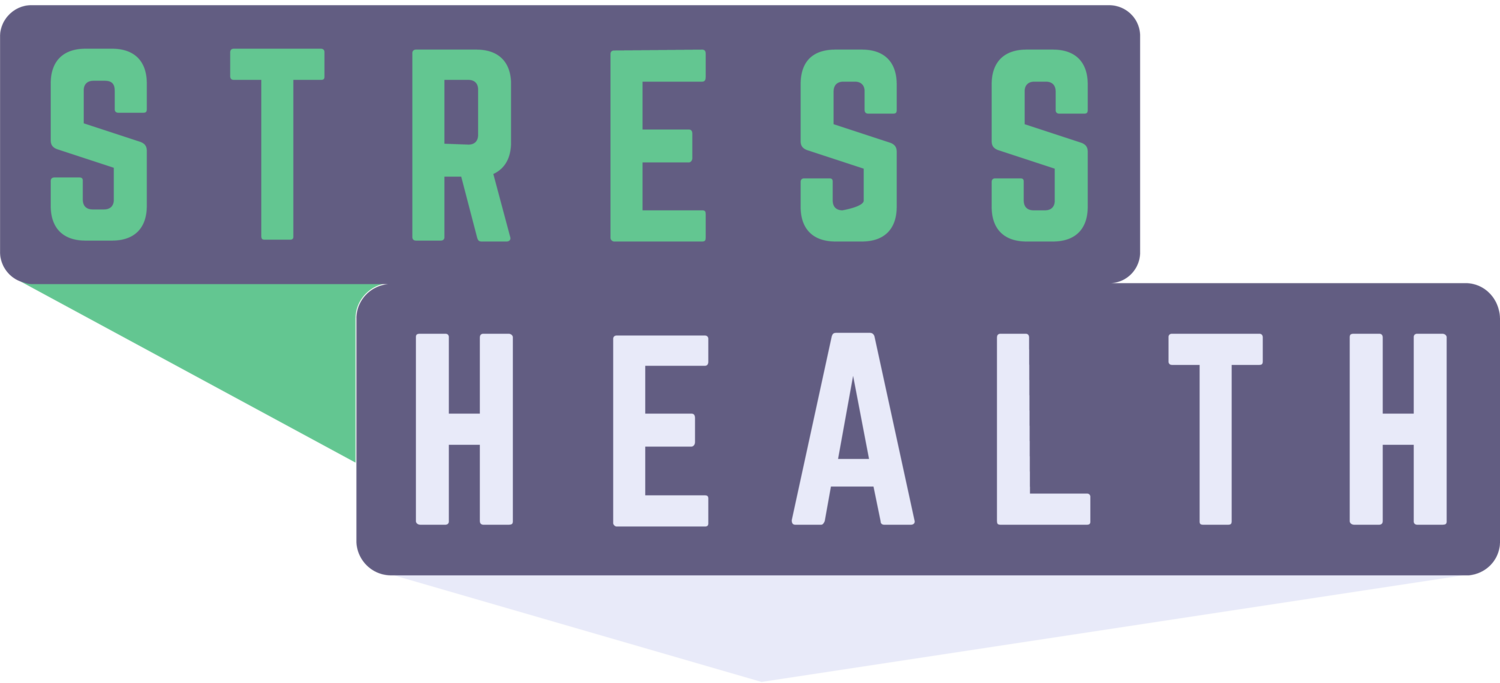Exercise
When it comes to kids and stress, exercise may be just what the doctor ordered. Physical activity is a great way for children to manage stress and to ease feelings of anxiety and depression. It can even change brain architecture for the better. Researchers suggest that exercise may fight depression partly by expanding brain volume in an area of the brain associated with memory, learning and emotion.
Exercise can also fight the effects of toxic stress. It reduces the risk of obesity and other stress-related health problems such as diabetes and heart disease.
In addition, daily physical activity can help counteract some of the key impacts of Adverse Childhood Experiences (ACEs). For kids, regular workouts can reduce stress hormones, improve behavior and concentration in school and strengthen the immune system. Physical activity also promotes nerve growth in the hippocampus, the part of the brain associated with memory and thinking.
As a parent, you can help your children reap all these benefits for free -- simply by having some active fun with them. Besides enjoying the same benefits, you’ll create a more powerful bond with your kids. Whether you’re playing tag or tossing a ball, playing together creates its own magic.
REMEMBER, KIDS NEED AT LEAST AN HOUR OF PHYSICAL ACTIVITY EVERY DAY.
Here are some tips for boosting your family’s activity level:
Turn off the screens
Before you can make exercise a regular part of your family life, you’ll have to encourage everyone to break away from their screens.
Plan ahead for play
If exercise isn’t a priority, it won’t happen. Play tag, soccer, or go to the park– kids need at least an hour of moderate to vigorous play daily.
Provide active toys
Think balls, jump ropes, and hula hoops. Keep an eye out for used bikes, tricycles, and ride-on toys. Just having these things around can help you and your child sneak in active time.
Schedule regular nature outings
Spending time in nature on weekends and after school seems to be “widely effective” in lowering symptoms of attention deficit hyperactivity disorder (ADHD), according to a study published in the American Journal of Public Health.
Freeze dance
If it’s pouring outside or your neighborhood isn’t safe for play, try doing a Freeze Dance with the kids: Have everyone dance to some of their favorite songs until the “DJ” turns off the music. The person who freezes last loses that round. If the kids get tired of freezing, practice some new dance moves together.
- American Academy of Pediatrics. Energy In Energy Out: Finding the Right Balance for Your Children. 2014.
- American Academy of Pediatrics. Where We Stand: Screen Time. https://www.healthychildren.org/English/family-life/Media/Pages/Where-We-Stand-TV-Viewing-Time.aspx . Accessesd April 5, 2018
- Office of Disease Prevention and Health Promotion. Chapter 3: Active Children and Adolescents. https://health.gov/paguidelines/guidelines/chapter3.aspx. Accessed January 25, 2018.








